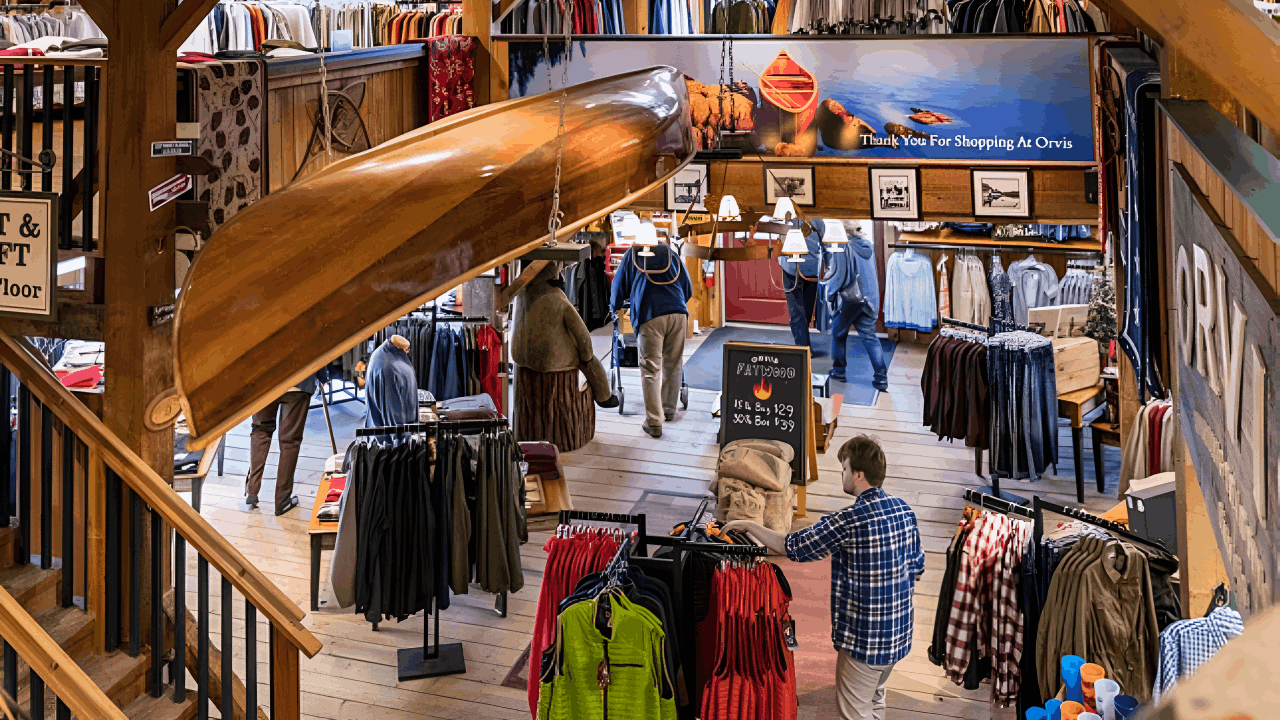
Thirty-six retail stores of a outdoor and sporting goods brand are set to close by early 2026, slashing the company’s footprint from 71 to 35 locations nationwide. The shutdowns hit hardest in rural towns where these stores have long served as gathering points for anglers, conservationists, and outdoor mentors. Signs of trouble emerged in 2024 with an 8% workforce cut and the end of a 170-year-old catalog.
President Simon Perkins cited an “unprecedented tariff landscape” as a key factor behind the company’s struggles. With closures now looming, how will these communities adapt to losing a cornerstone of their outdoor heritage?
Unfolding Main Street Losses
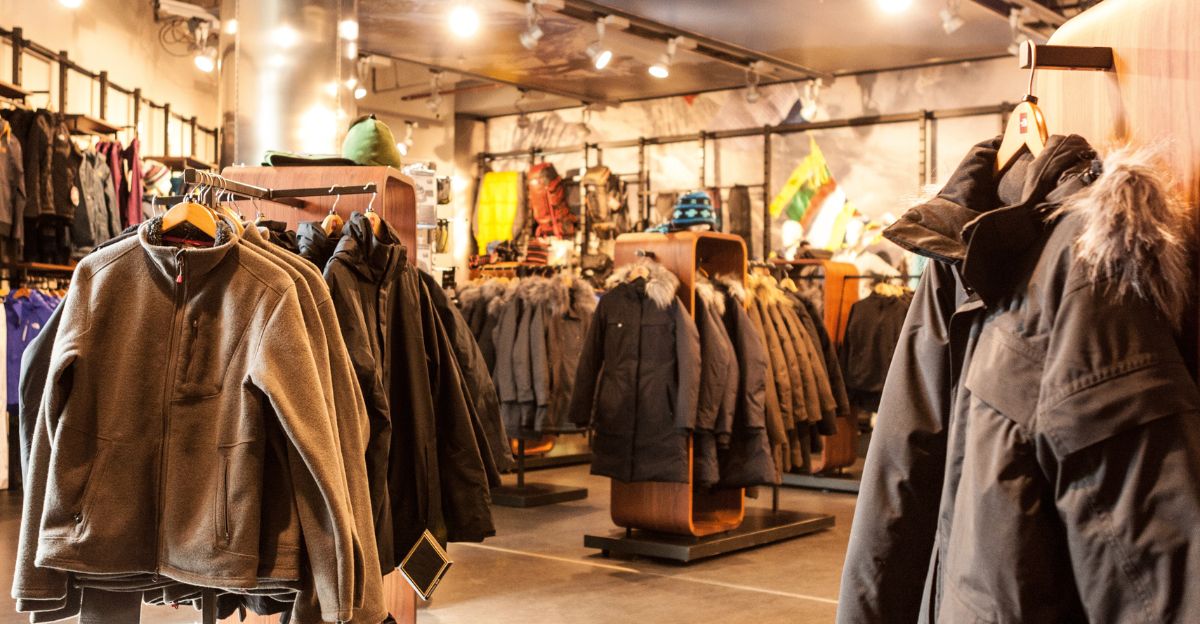
In 2024, about 112 employees were laid off, foreshadowing deeper cuts. The company also moved its Vermont headquarters to a smaller facility and ended a historic mail order catalog.
Towns dependent on these stores, now face empty spaces where expert advice and gear once flourished, leaving locals without alternatives and forced to rely on online shopping.
Tariffs Piling On Cost Pressures

Since 2024, tariffs targeting technical fabrics, synthetic insulation, specialized zippers, and hardware have driven up material costs by 25 to 35%. Even U.S.-based manufacturers could not escape these increases.
Though employee cuts occurred in 2024, the current closures impact far more jobs and communities. Retailers with gross margins around 40-50% struggled to absorb these sudden cost hikes.
Specialty Retail’s Hidden Wall
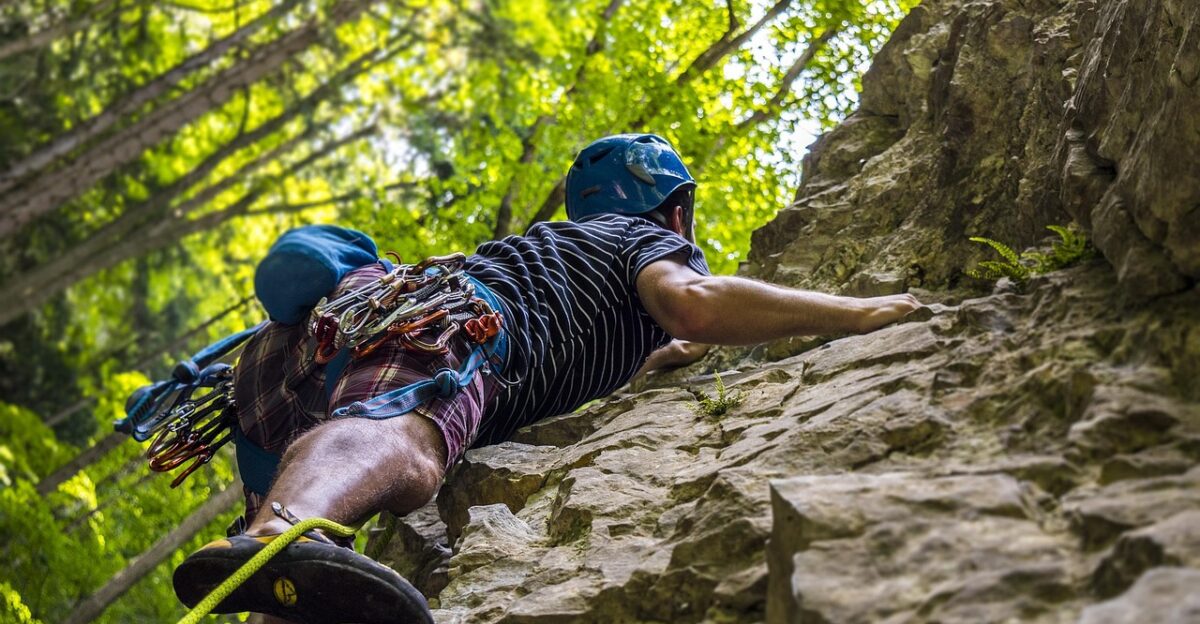
Smaller specialty retailers face higher vulnerability than large chains which can leverage volume and broader inventories to withstand cost shocks.
The new tariff regime has forced consolidation, with big-box stores gaining market share while specialty outlets shrink. This shift transforms consumer access and experience across rural America.
The Orvis Halt: A Storied Brand Narrows
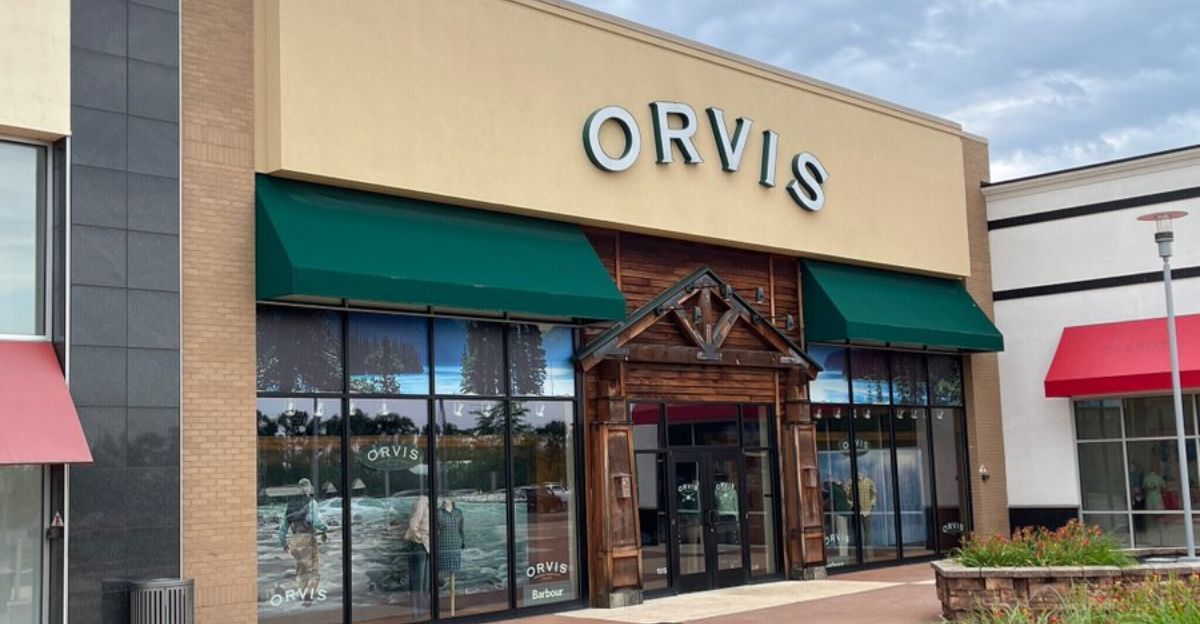
On October 9, 2025, Orvis confirmed it will close 31 stores and 5 outlets nationwide by early 2026, reducing its retail footprint by 50.7%. President Simon Perkins stated, “Like many in retail, Orvis’ business model faced a sizeable shift with the introduction of an unprecedented tariff landscape.” While retail locations contract, the Vermont headquarters and domestic fly rod manufacturing remain operational.
This move illustrates how a heritage brand founded in 1856 is grappling with modern trade challenges that reshape long-standing business models.
The Hardest-Hit Regions
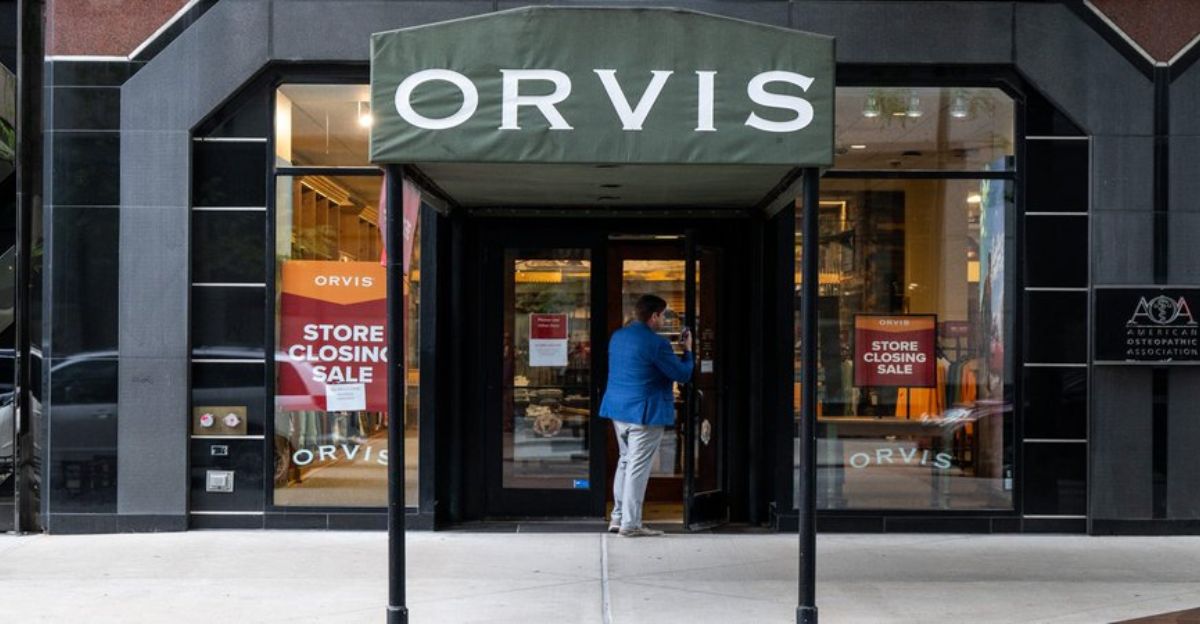
States like Montana, Colorado, and Wyoming bear the brunt of the closures, losing unique specialty outfitters. Orvis plans to concentrate remaining stores in high-traffic areas and utilize over 550 independent dealers alongside national chains such as Bass Pro Shops and Cabela’s.
This shift leaves rural communities bereft of expert outdoor service providers.
Pivot to Wholesale Partnerships
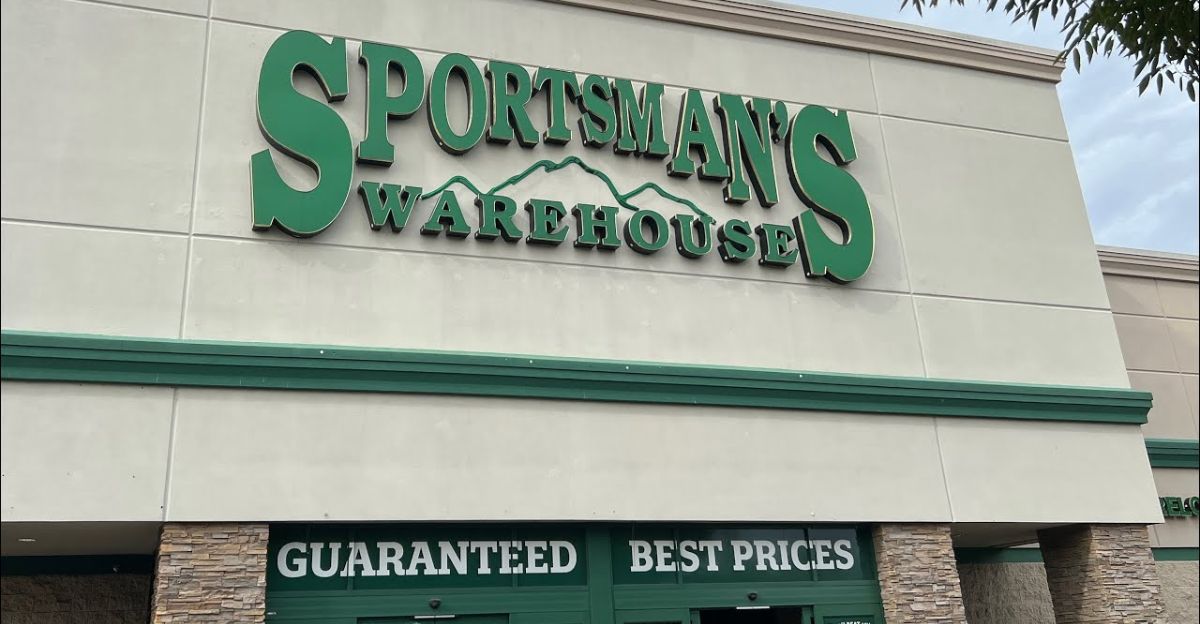
Orvis is expanding wholesale distribution through more than 550 independent retailers and major chains like Sportsman’s Warehouse. Simon Perkins explained, “Our partnerships now carry 70% of our volume growth potential.” This approach broadens reach but raises concerns about preserving the specialized service and community connections inherent to Orvis stores.
Can wholesale models replicate the trusted experience of dedicated locations?
Supply Chain Shockwaves
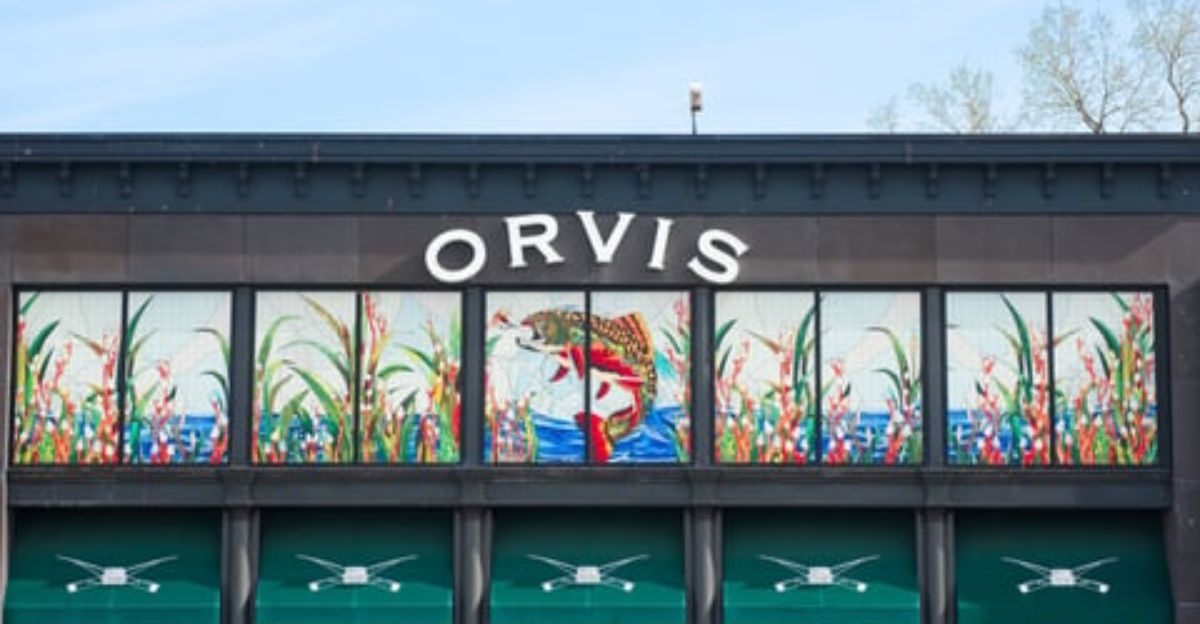
The Orvis downscale impacts suppliers too. Three U.S. textile mills lost contracts accounting for 15-25% of their output, threatening roughly 120 manufacturing jobs. Though the Vermont fly rod factory remains open, tariff pressures have paradoxically weakened overall domestic manufacturing.
Washington’s Overlooked Crisis
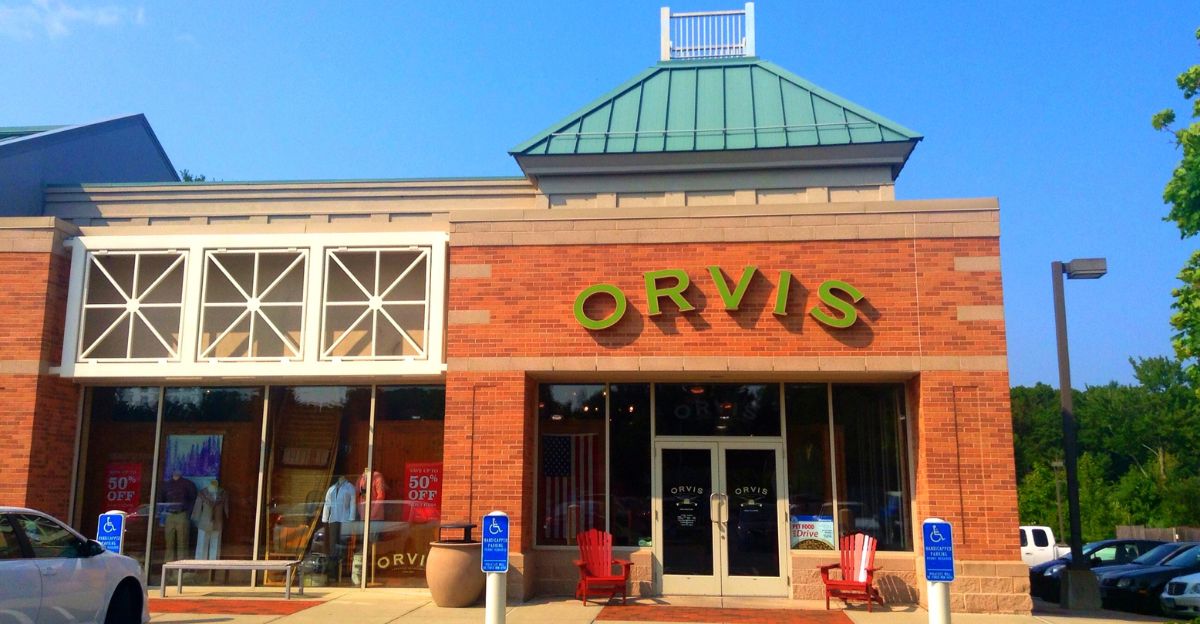
Tariff policies favored protecting domestic factories but overlooked specialty retail vulnerability. The National Retail Federation reports that 75% of outdoor retailers have downsized since 2023 due to tariffs. Dr. Lena Chen of the Brookings Institution testified on October 7, 2025, “Congress taxed the wrong end of the supply chain,” critiquing lawmakers’ oversight on retail impacts.
The disconnect threatens rural economies dependent on specialty retailers.
Industry-Wide Domino Collapse
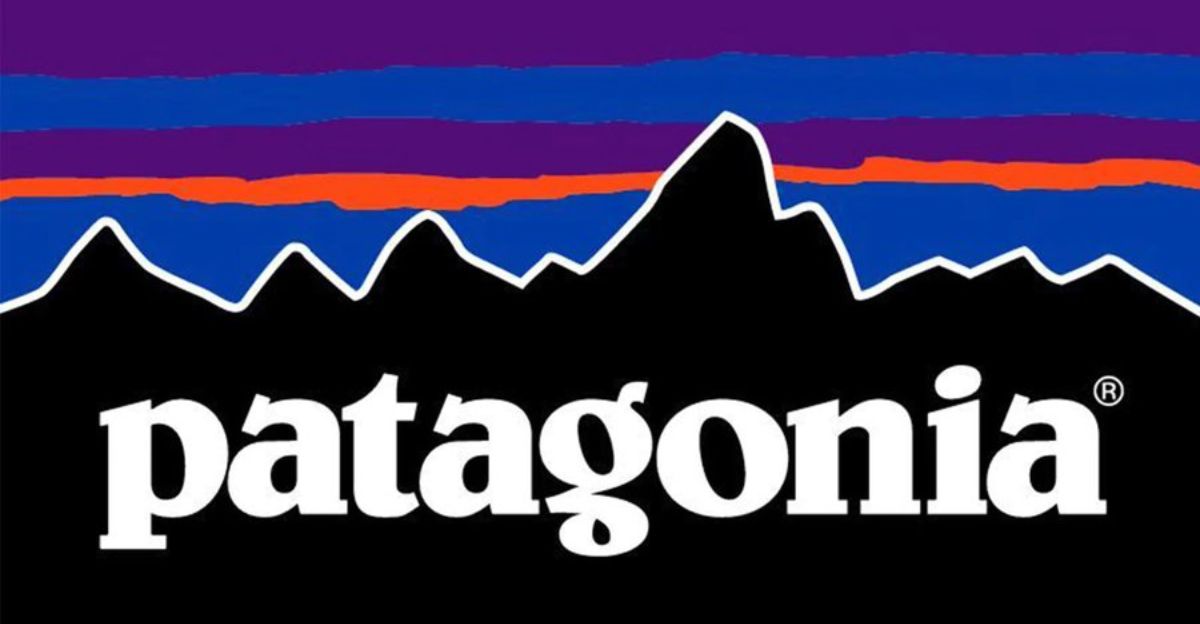
Orvis is not alone; Patagonia, REI, and L.L. Bean report similar layoffs and closures this year. Outdoor Industry Association data shows 32% of specialty retailers downsized operations this year. The challenge of tariff-induced cost escalation threatens the longevity of heritage outdoor brands nationwide.
Customer Trust Under Strain
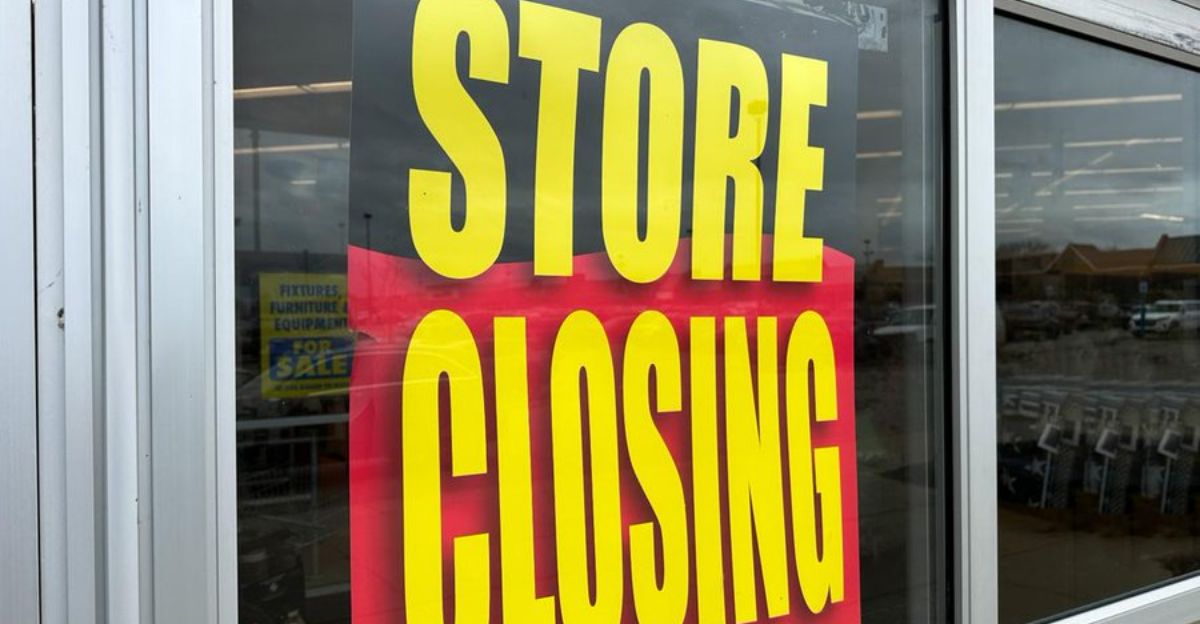
After Orvis announced closures, social media surged with grief and concerns over service disruptions. Some customers have also highlighted out-of-pocket shipping/handling and repair fees on warranties. Orvis’s published policy indicates a standard $60 handling/repair fee for eligible wader repairs beyond the initial coverage window.
Though digital channels have grown in importance, online sales cannot fully replace the local expertise and community functions lost with store closures.
Tariffs Could Tighten Further
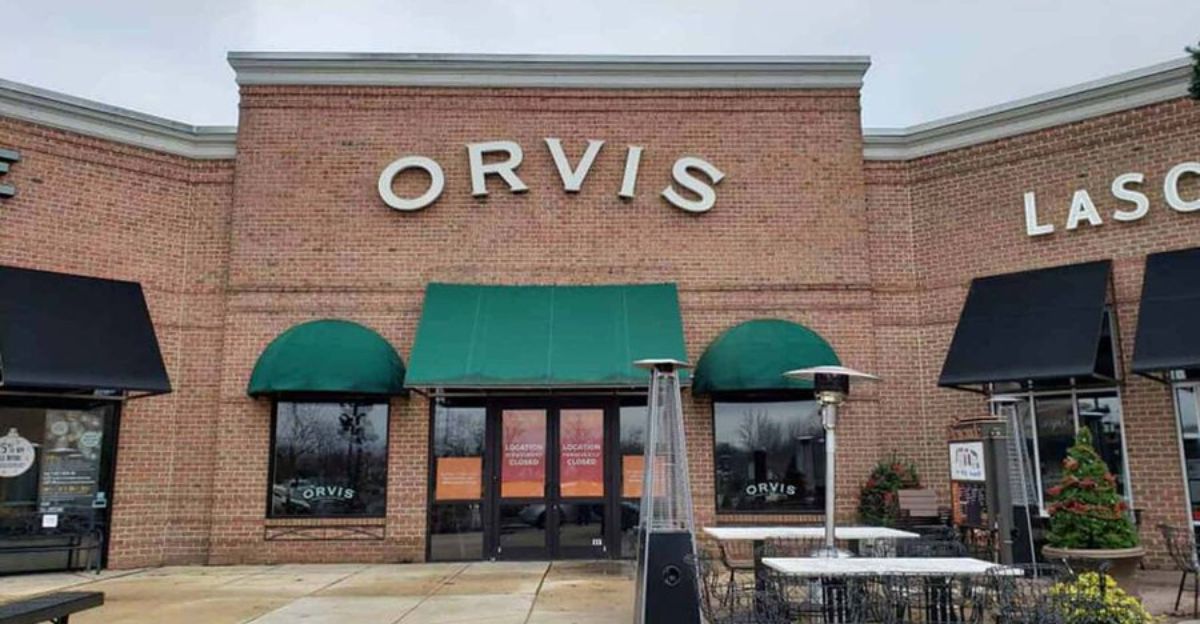
Existing tariff policies have imposed significant costs on imported components, with various rates ranging from 25% to 50% on different materials. The dilemma facing domestic producers remains challenging, as maintaining American manufacturing identity while managing cost pressures creates complex business decisions.
Glimmer of Hope Amid Challenges
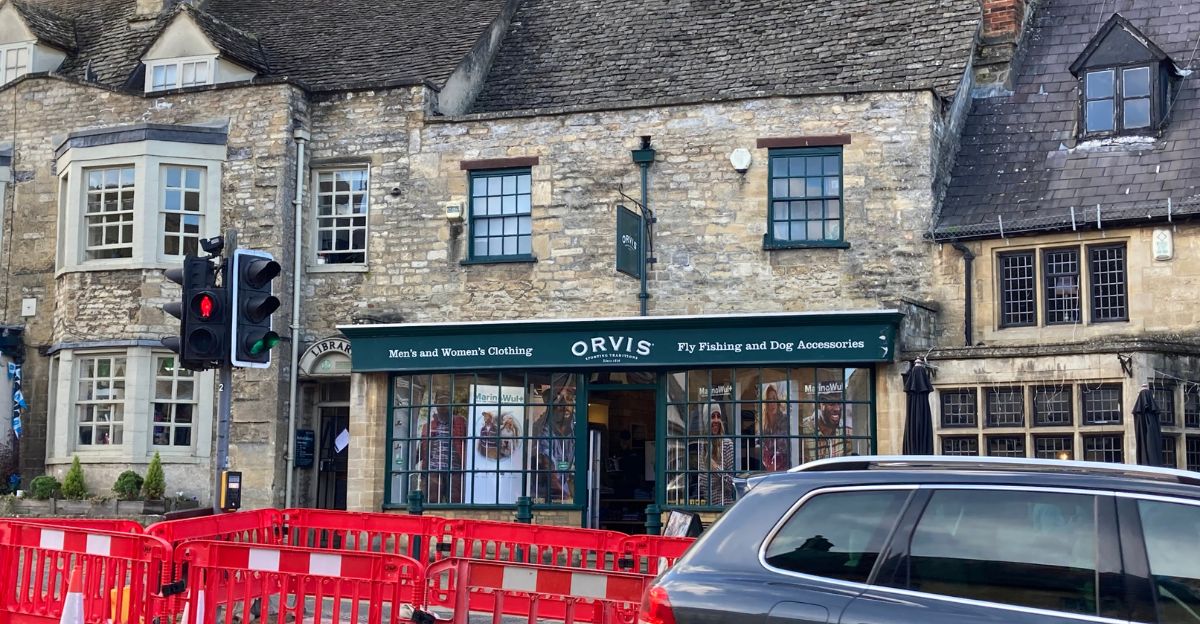
The USMCA trade agreement is scheduled for its six-year joint review on July 1, 2026, which could potentially address current trade tensions. Canada’s recent tariff relief experience shows targeted action can aid both retail and manufacturing, with the country implementing six-month remission on counter-tariffs for U.S.-origin goods used in Canadian manufacturing and processing as of April 15, 2025.
However, reopening stores takes significant time post-policy change. The long road ahead for trade policy and business recovery remains challenging.
The True Cost of Tariff Policy
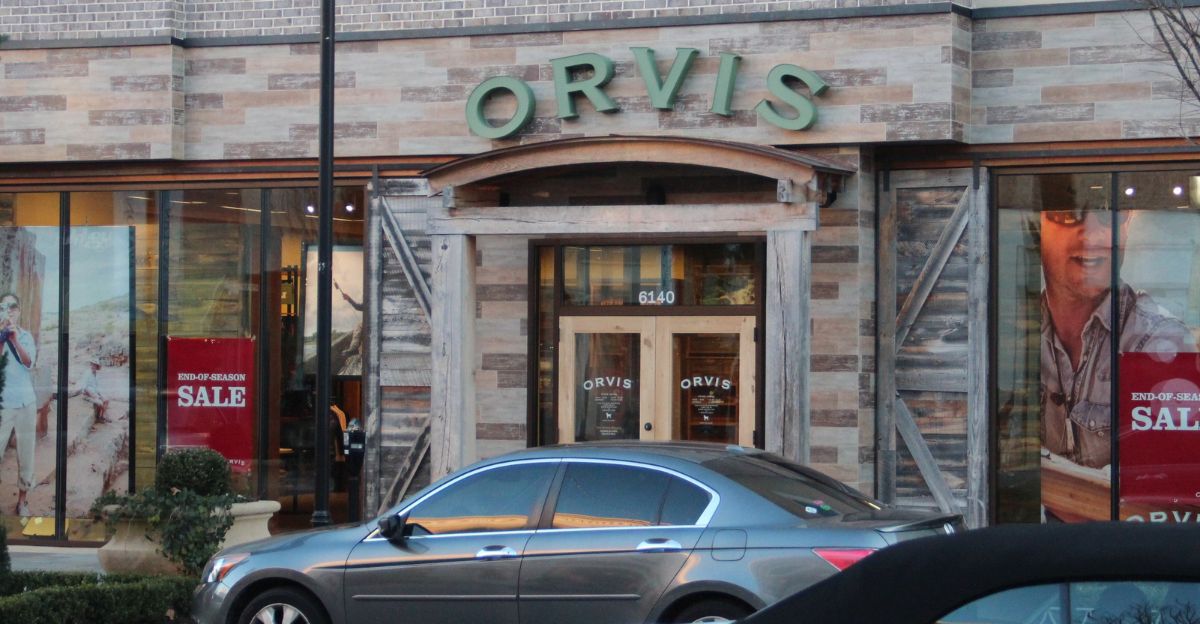
Orvis’s downsizing captures a deeper American story—how well-intended trade policies can unravel local economies and traditions rooted in craftsmanship and conservation. What began as an effort to protect manufacturing has instead hollowed out the retail communities that nurtured outdoor culture.
As the final stores close, the loss extends beyond commerce, erasing spaces where generations learned, connected, and cared for the wild.